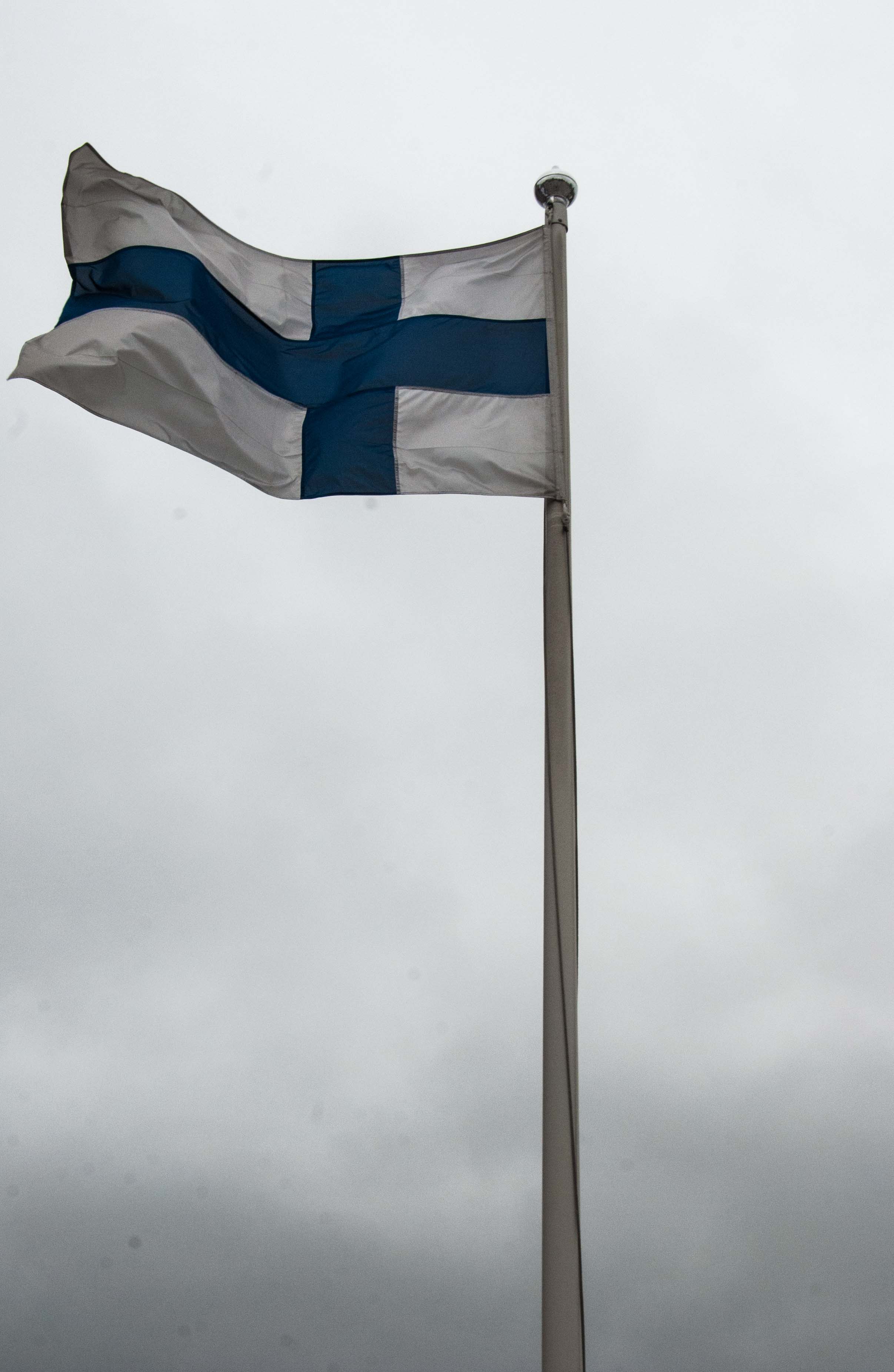I have an affinity for fog. Which is a good thing, considering how common it is in Belgium. When we arrived in country, we had to install fog lamps on our cars (or “ze frog lamps” as we understood the heavily accented Belgian explaining things to us).
I find foggy days strangely comforting. The world is coated in softness it often lacks. The rough edges are smoothed over, creating an atmospheric, elusory world of emptiness all around us. While glimpses of reality still exist – a sudden flash of sunlight as it briefly penetrates the clouds, the road that disappears into the mist ahead of you – in the fog a sense of otherworldliness reigns. When the fog eventually lifts, you find a world much the same as it was. You find that little bit of magic and mystery is lost.
Foggy days make me contemplative, perhaps even more so during this season of change. My mind wanders aimlessly through the disparate web of time. Past, present, and future mingle in a random tumble of memories, hopes, visions, dreams and reality. These dreamy foggy days are a gift, but too many of them and I can get lost in reverie, losing sight of what I hope to accomplish. Foggy days, it seems, are good for my soul but bad for my work ethic. Because even on the foggiest of days, there is much to be done.
These days, most of what I need to get done centers on our upcoming move. Prior to each move, I begin familiar tasks, honed and fine-tuned through a cycle of repetition completed before we leave each home. These include the tasks of sorting and purging. While some people find these tasks onerous, it centers and grounds me. The act of really cleaning out my home before each move is something that brings order to the chaos in my life and mind. Taking a hard look at the things that surround me and asking myself if I truly want to continue to hold something or let it go is something I find empowering. I am physically letting go of who I was, and making room for the possibility of tomorrow. Beyond everything else, each transition is an exquisitely blank page – a new chapter in your life as it were.
As I’ve begun the task of clearing out my house, I found myself growing calmer. The act of cleaning out the house has a physiological effect on me. A new sense of lightness, and a sense of purpose that eludes me at other times. Letting go of projects I felt obliged to finish is truly a physically lightening act. Letting go of things that reflect someone you once were, can be freeing. I went through several books that were, in essence, corporeal manifestations of dreams I once held. They belonged to a previous version of myself. Someone who had not yet lived through the experiences that brought me to today. Letting go of things that no longer represent you is truly liberating. Within that space, you are allowing yourself the room to create the person you might yet become. This time, it seems even more urgent for me, because this time we are moving for what we hope will be the last time. I am taking that as an opportunity to shine that reflective light on everything I own, and to reflect on who I am today.
It’s not all serious though. On a lighter note, one of the things I am most excited to get rid of is the mismatched collection of curtains and curtain rods I have assembled over the years. Anyone who’s moved a time or two knows this one truth: no house on this planet has remotely similar windows. No matter the number of curtains I amassed throughout the years, I always needed different curtains. Finally, I am getting rid of all of the random curtain rods and but three sets of curtains. That is something I have waited decades to do.
Not all of my pre-move rituals involve cleaning things out. I also go through and try to finish up projects I have lying about the house. Right now, I am trying to finish up a braided rag rug from a pile of old t-shirts I’ve accumulated over the past few moves. It’s coming along slowly, and I hope to finish it before we leave here.
Having these definite projects allows me to have some degree of control in a situation where so much is still unknown. Wrapping my arms around the familiar patterns of a routine is a comfortable way for me to approach the uncertainty of my life in flux. Like the fog that surrounds the countryside around me – my familiar patterns soften the edges of an otherwise difficult period.
I



























